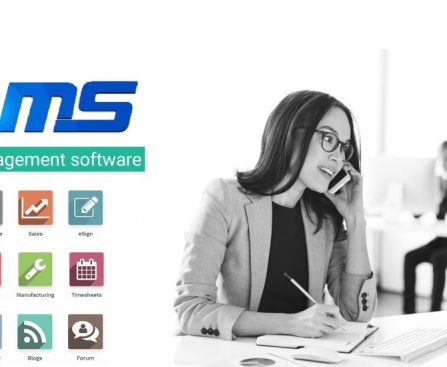Cash basis accounting is a method of recording revenue and expenses only when cash is received or paid out. This means that transactions are recognized based on their actual cash flow, rather than when they are earned or incurred. Key points about cash basis accounting: – Revenue Recognition: Revenue is only recorded when cash […]
PDC (Post-Dated Cheque) is a feature in Odoo 17 Accounting that allows you to manage cheques that have been issued but not yet cashed. It’s a useful tool for tracking and managing future payments. Here’s a breakdown of how PDC works in Odoo 17 Accounting: Creating a PDC: 1. Go to the “Accounting” app. 2. […]
Reconciliation models in Odoo 17 Accounting are essential tools for ensuring the accuracy and consistency of your financial data. They provide a structured framework for matching bank statements with corresponding journal entries, identifying discrepancies, and resolving them efficiently. 1. Button to generate counterpart entry The exact type of button to generate a counterpart entry in […]
Automatic transfers in Odoo 17 Accounting are a powerful tool that can streamline your financial processes and reduce manual data entry. They allow you to automatically move funds between bank accounts based on specific conditions or schedules. Types of Automatic Transfers: Scheduled Transfers: These transfers are triggered at predefined intervals, such as daily, weekly, or […]
Bank reconciliation is a crucial process in accounting that ensures the accuracy of your bank statements against your accounting records. Odoo 17 provides a streamlined and efficient way to perform this task. Steps Involved in Bank Reconciliation Prepare your bank statement: Ensure you have a clear and accurate copy of your bank statement for the […]
Storno accounting is a method used to reverse accounting entries by using negative numbers. Instead of deleting incorrect entries, Storno Accounting uses negative debits or credits to reverse them. This creates a clear audit trail, allowing you to see both the original and the reversing entries. Reversed amounts are typically displayed in red within reports […]
The core purpose of creating invoices upon emails in Odoo is automating the initial stages of invoice creation and streamlining the overall invoicing process. There are several benefits to creating invoices upon emails in Odoo, especially when compared to manual data entry: Increased Efficiency: Saves time by automating invoice creation instead of manual data entry […]
Accurate Tracking: Odoo allows you to record income and expenses in their original foreign currency, providing a clear picture of your financial activity in different countries. This simplifies reconciliation and gives you a more accurate understanding of your profitability in each region. Efficient Management: Odoo simplifies managing international transactions by automatically calculating exchange rates and […]
Imagine you run a bakery and frequently place orders with a local flour mill. Here’s a real-time example of how Odoo predicts products from vendor bills: Scenario: You receive a new bill from the flour mill but haven’t had time to enter the details into Odoo. Prediction: Based on past bills from this vendor, Odoo […]
Odoo 17 allows you to include default terms and conditions (T&C) on your invoices, sales orders, and quotations. This helps establish clear expectations with customers regarding important aspects like payments, returns, warranties, and after-sale services. Enabling Default T&C The functionality needs to be activated first. Navigate to Accounting — Configuration — Settings. Under Customer Invoices, […]
